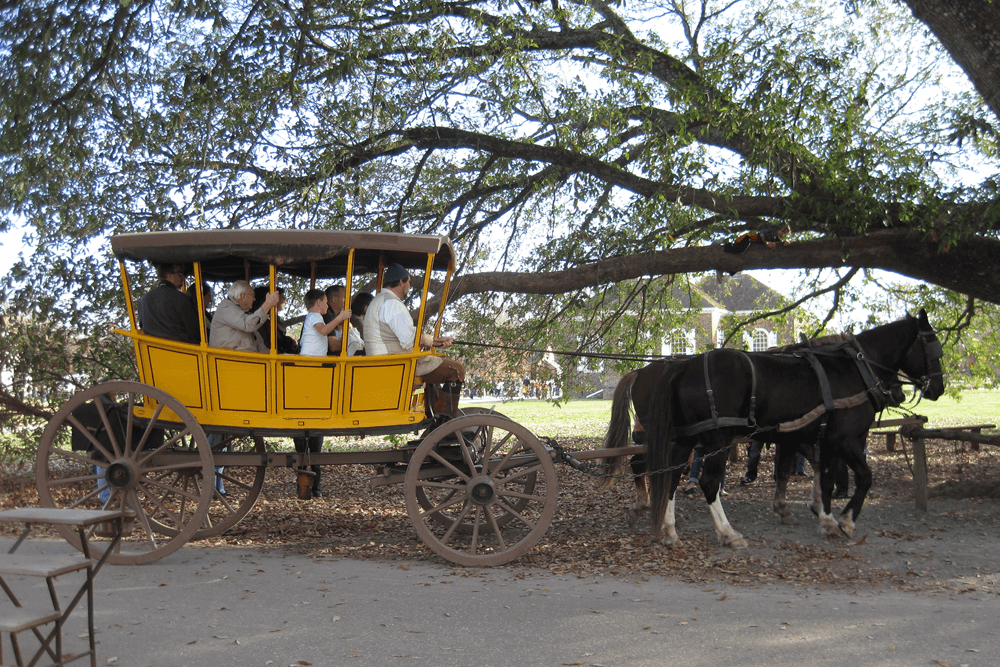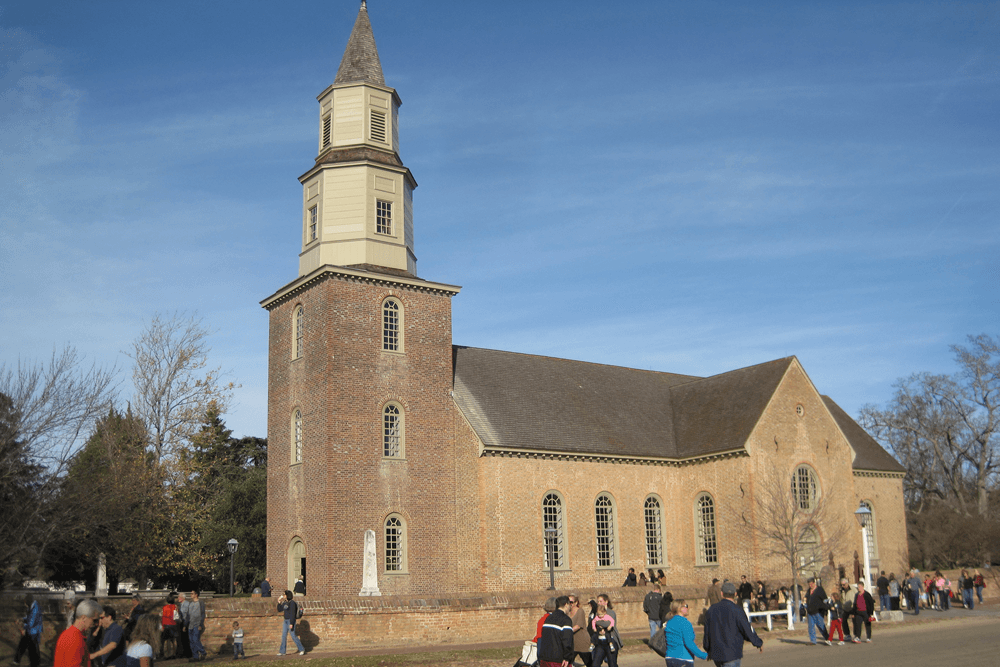Explore Williamsburg on Foot via a Walking Tour
Virginia's most popular tourist location

Williamsburg is one of the most popular tourist destinations in Virginia. It's not hard to see why. Its history stretched back to the 1600s and played an early role in events that culminated in the American Revolution. In addition, people love to visit Colonial Williamsburg , which is known and referred to as a living museum. This is because many buildings are as much as three hundred years old and feel like they have the power to bring you back to those times. People still live and work here, yet you can enjoy exploring the area in great detail during your stay. One of the best ways to get around Williamsburg is to do it on foot. You don't need to go it alone either, as some superb walking tours open the door to Williamsburg's historic past and share a few ghosts with you along the way.

Colonial Williamsburg Ghosts
Take a Ghost Tour
Given the long history of this place, it is no big surprise to learn that there are ghosts here. A ghost tour occurs every night throughout the year if you have the nerve to take it. Once you have arrived in Williamsburg, you can work out which night you want to take the tour and book and pay for your tickets online. If you wish and feel brave, you can always upgrade to take the extreme tour designed for adults rather than children. There is no guarantee you will see any ghosts during the tour, but if you bring a camera, you should check your photos afterward. Some people have found strange lights and orbs in their pictures they never spotted when the tour occurred.

Williamsburg Walking Tours
Explore during Daylight Hours
If you cannot quite find the nerve to take the ghostly tour, a Williamsburg walking tour delves back into history during the day. This brings to life Colonial Williamsburg in an altogether different way. You'll need to devote a few hours to the tour, but it is well worth it. It is arguably the best way to discover the area's colonial history and how Williamsburg first came to be all those centuries ago.
